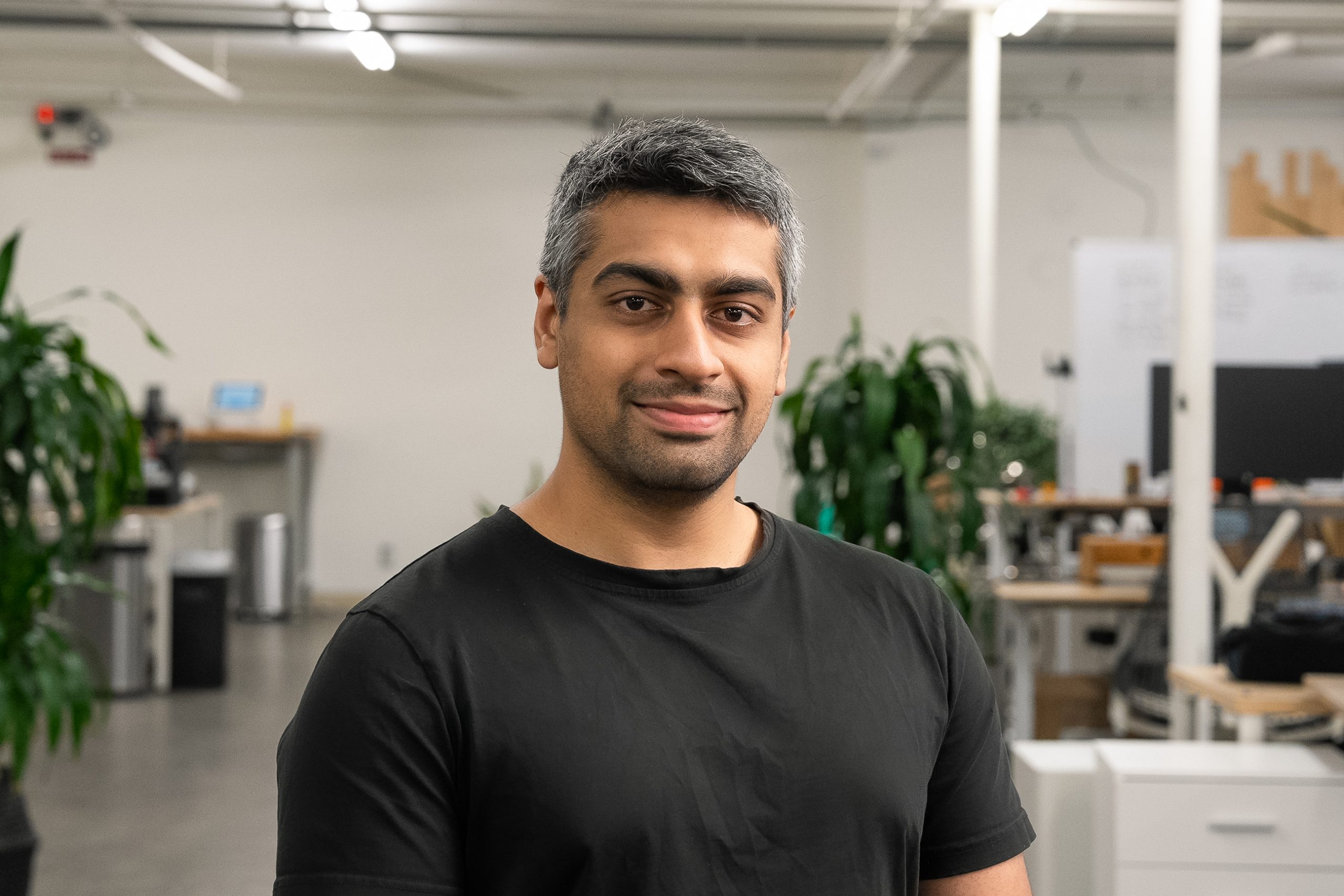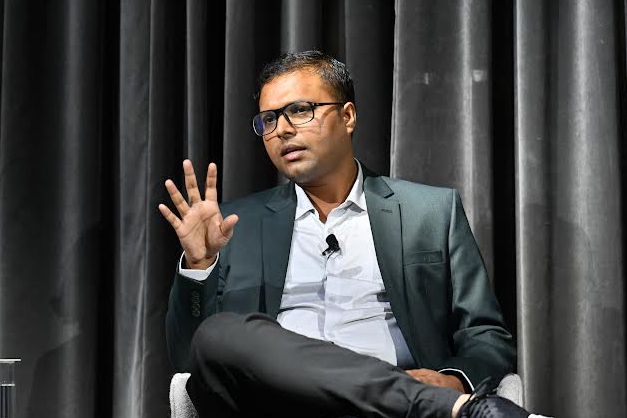
Helene Smits – Chief Sustainability Officer at Recover Textile Systems
Our recent interaction with Ms. Helene Smits, Chief Sustainability Officer at Recover Textile Systems, discusses the company’s journey from manufacturing the lowest impact (recycled) cotton fiber — Recover™, to the creation of ColorBlend system and the company’s goal for 2025.[Interview] Recover aims to save 3 trillion liters of water each year by scaling up its low impact recycled cotton fiber output by 2025
2021-04-21 11:57:54 – SpainRecover Textile Systems, headquartered in Spain, is a leading material sciences company and a major manufacturer of low-impact, high-performance recycled cotton fiber and cotton fiber blends for apparel, home textiles, and accessories made from pre-and post-consumer textile waste.
As part of the Ferre family history, Recover™ has been pioneering sustainable materials and recycling since 1947. Recover™ became an independent firm in 2020, while remaining in the family's hands, and formed a strategic relationship with Story3 Capital.
Our recent interaction with Ms. Helene Smits, Chief Sustainability Officer at Recover Textile Systems, discusses the company’s journey from manufacturing the lowest impact (recycled) cotton fiber — Recover™, to the creation of ColorBlend system and the company’s goal for 2025, and also highlights some valuable insights into the importance of recycled materials and circularity in textiles.
Helene created the Textiles Program at Circle Economy in 2014 and also started her own consultancy company, Stating the Obvious in 2016. She partners with a variety of pioneering organizations, like The Alliance for Responsible Denim, Textile Exchange, Amsterdam Fashion Institute, and Fashion for Good on joint collaborations that accelerate the practical application of circularity in the industry.
YnFx: What led to the innovation of Recover™ fibers?
Smits: In many cases, innovation is born out of necessity. You can also see it happening currently. In this global pandemic, we are speeding up the digital revolution and developing and applying technology like digital sampling at a rapid pace, because there is a huge need. 70 years ago this was the case as well. In the aftermath of the Spanish civil war, there was a shortage of materials and resources in the country and my great grandfather started to look at ways to use textile waste to be able to create new textiles again. Our family started with a very rudimentary process, to make textiles used for agricultural products, like bulk bags, and over time developed a much more refined process that could produce high-quality fibers. The process has always been about
YnFx: What’s the process of making recycled Recover™ fibers and how are the waste materials sourced?
Smits: Recover™ recycles three categories of textile waste: post-industrial, pre-consumer, and post-consumer.
• Post-industrial: This is textile fabric waste from garment manufacturing, also called clips or scraps.
• Pre-consumer: These are finished garments that could not be sold or used. These can be default goods or overstock for example.
• Post-consumer: These are garments that have been worn. Recover™ recycles the fraction of garments that are not suitable for reuse.
Recover™ sources feedstock from all over the world. The biggest sources of post-industrial waste are the main manufacturing hubs. For pre-and post-consumer, the sources are very different. Post-consumer garments are sourced from textile sorters/recyclers who are able to sort these textiles on color and composition, which is a requirement for the Recover™ process. Recover™ sources pre-consumer garments in dialogue with brands/retailers and suppliers who own and store these materials. When sourcing pre-consumer feedstock Recover™ checks with the brands/retailers and/or suppliers whether strategies to keep the garments in use have been exhausted first.
Recover recycles cotton waste materials through a mechanical process – by shredding the fabric back into fibers. These recycled cotton fibers are then blended with other fibers (like organic cotton or recycled polyester) to give more strength and performance and used to create new yarns, fabrics, and products. Recover’s technology, therefore, has its impact in reducing the need to grow more virgin cotton while also reducing the amount of textile waste in landfills and incineration.
In addition to recycling textile waste, Recover has created the ColorBlend system, which allows us to create any kind of colored fiber with high accuracy without adding any water or chemicals. We use the color that is already in the textile waste and combine it with low-impact dyed synthetic carrier fibers. The products created from this fiber will already have color and don’t need to be dyed anymore, saving a lot of water, chemicals, and also costs in the manufacturing process.
Video: https://www.recovertex.com/system/
YnFx: In terms of the quality, how different is recycled Recover™ cotton fiber when compared with other recycled cotton fibers in the market?
Smits: Mechanical recycling of cotton has been around for a long time and so this in itself is not unique or new. However, as a material sciences company, Recover™ has spent the last decades on innovating our recycling system, with all the core and supporting technologies and processes, to be able to offer the best in class recycled fibers from a quality and sustainability standpoint.
Recover™ brings over 70 years of experience in mechanical recycling. For the past 3 years, Recover™ has worked with the best machine manufacturers to co-create state-of-the-art recycling technology that is exclusive to Recover™. Furthermore, Recover™ has a unique and proprietary ability to deliver fiber that is already colored with no need to (over)dye the cotton called ColorBlend. Lastly, Recover has recently signed multi-year partnership contracts with global leading brands and retailers. These stakeholders have vetted the marketplace and ultimately selected Recover™ for its fiber output based on its quality specifications and the lowest impact on the environment.
Our latest machine has significant advancements to improve fiber quality enabling a broader and expanded use. Our 70 years of spinning heritage allows us to work with the spinners to optimize the yarn quality and to enable a higher usage of Recover.
Using Recover™ best practices for product optimization, the Recover™ Tech Support Teams will work with yarn and fabric mills to ensure the highest quality products attainable. Recover™ sees no issues delivering a satisfactory finished product that meets brand and retailer quality standards.
While mechanical recycling of cotton as technology is far from new, Recover™ delivers a unique and innovative approach to the fashion industry: combining deep technology expertise, extensive implementation capacity, powerful scaling capabilities, and authentic sustainability leadership.
Contrary to many of the emerging (semi) chemical recycling technologies (eg. Spinnova, Renewcell, Infinite Fiber, or EVRNU), Recover’s recycling technology uses both 100% textile waste inputs AND keeps cotton fiber properties in the fashion system. Not all of these emerging technologies use 100% textile waste inputs AND the mentioned technologies produce cellulosic fibers as outputs. While we encourage the growth of these technologies and sustainable cellulosic fibers in the market, they are not cotton fibers and therefore shouldn’t benchmark their sustainability impacts against cotton. Recover™ is the only solution that can help to still the industry's hunger for sustainable cotton fibers by delivering a recycled alternative, at scale and most importantly, cost-neutral for the supply chain.
Recover™ works closely with large brands, retailers, and the supply chain to create the lowest-impact garments in fashion history for maximum performance. Recover™ has already worked with illustrious brands such as Wrangler, H&M Group, Tommy Hilfiger, G-Star, The NorthFace, Billabong, and Bonobo among many others.
Recover™ recycled cotton is not a costly niche fiber or a new start-up technology that has yet to prove itself at scale. Our recycled fibers are not only fit for a circular system with LCA data and third-party certifications to support our claims but our tech is also proven at commercial scale and is ready to disrupt the market and displace virgin cotton already today.
YnFx: What is the environmental footprint of a garment made from Recover™?
Smits: Recover™ is a leader in sustainable fashion. Recover™ fiber has been identified by the Higg MSI as the lowest impact (recycled) cotton fiber in the global market and all our products are third-party certified (OCS, GRS, Oekotex Standard 100).
The Recover™ process uses almost zero water: using 1 kg of Recover recycled cotton fiber instead of virgin cotton fiber saves up to 15.000 liters of water, 1.1 kg of chemical pollutants, 23 kg of CO2, 56 kWh of energy, and 10M2 of land.
Translating this to 1 sweatshirt, for example, made with 52% Recover recycled cotton and 48% RPET. This would save up to:
• 2727 liters of water
• 4.15 kg CO2
• 0.21 kg pollutants
• 10.2 kWh Energy
• 8.4 RPET bottles
• 1.0 m2 land use (diverted from the growth of virgin cotton)
YnFx: How big a part do recycled materials play in the future landscape of the fashion and textiles industry?
Smits: It takes up to 10.000 liters of water to produce a single pair of jeans and a cotton t-shirt. The water to produce this staple outfit, which can be found in almost everyone’s closet, is equivalent to what an average person drinks in over 9 years (1). Taking a global perspective, cotton production requires over 250 billion tons of water annually (2).
At the same time, an ever-growing population is consuming fashion at hyper speed, buying twice as much clothing and wearing it half as long (3). Each year, we produce >100 billion garments, while we dispose >48 million tons of clothing of which 73% goes straight to landfill/incineration (4). With global fashion consumption projected to grow 62% from 2015 to 2030, so will its associated environmental footprint (water, CO2 emissions, chemicals/pollutants, waste) (5). This is not sustainable. If we want to reach the fashion industry 2030 climate targets and stay within planetary boundaries, we need new circular solutions at scale, and we need them now!
Recover™ can help achieve the climate goals! We are a leading material science company and our proven, proprietary technology enables us to produce the lowest-impact recycled cotton fiber in the global market. Textile waste is our raw material and we transform it into sustainable recycled fibers, without the addition of solvents or water. In addition to recycling textile waste, Recover’s ColorBlend system uses the color that is already in the textile waste and combines it with low-impact dyed synthetic carrier fibers. Garments created from this fiber will already have color and do not need to be dyed anymore, saving additional water and chemicals in the manufacturing process.
YnFx: What steps has the company taken to ensure Recover™ materials are fed back into the system at the end of its life cycle?
Smits: Second, third, fourth, etc. generation recycled fibers could be recycled again. Fibers will degrade over time and therefore we do advise blending Recover™ recycled fibers with carrier fibers to maintain optimal quality and performance of the final fabric or product. The application of second, third, fourth generation recycled fibers is largely determined by the material composition of input material (mono fiber cotton is best) and the presence of prints or other contaminating factors like care labels, as these complicate the recycling process and reduce the level of quality control of the output recycled fibers.
To be able to create circular supply chains and close the loop we need the whole industry to work together. It's about creating a circular system, and Recover is only one part of the full circular solution. For this reason, Recover is part of the Accelerating Circularity Project which has the mission to divert textiles from landfills and incineration for textile-to-textile recycling in circular supply systems. In this project, we work together with brands, textile collectors/sorters, other recycling technologies, and NGOs, etc. that all have their part to play.
In addition, we try to educate our brand and retail partners about design for cyclability practices, to make sure that the products they are designing NOW can be recycled in the future.
YnFx: What’s next for Recover?
Smits: Recover™ has been pioneering sustainable materials and recycling since 1947 as part of the Ferre family heritage. While remaining in the hands of the family, Recover™ became an independent company in 2020 and forged a strategic partnership with Story3 Capital. Together we are on a mission to scale our proprietary technology and support the apparel industry to meet its sustainability targets. Ultimately our vision is to achieve circular fashion for all.
We aim to increase our annual production capacity to 200,000 metric tons of recycled cotton fiber by 2025. This will save nearly three trillion liters of water each year and allow 500,000 acres of land to be directed away from cotton cultivation for other uses.
Today, our main raw material is textile fabric waste from garment manufacturing (post-industrial waste). However, in the coming years, we aim to scale up the recycling of post-consumer inputs. Currently, less than 1% of post-consumer garments are recycled back into new fashion products. Recover™ is working with key industry stakeholders to drive change and establish a new circular supply chain that will allow us to dedicate 1/3rd of our production capacity to post-consumer recycling by 2025. This would mean recycling ±425 million post-consumer garments to produce enough recycled fiber for ±700 million new garments.
Image Courtesy: ©Recover™
Market Intelligence
Ask for free sample Report

experience
Customer Base
dedicated team
Countries Served Worldwide






